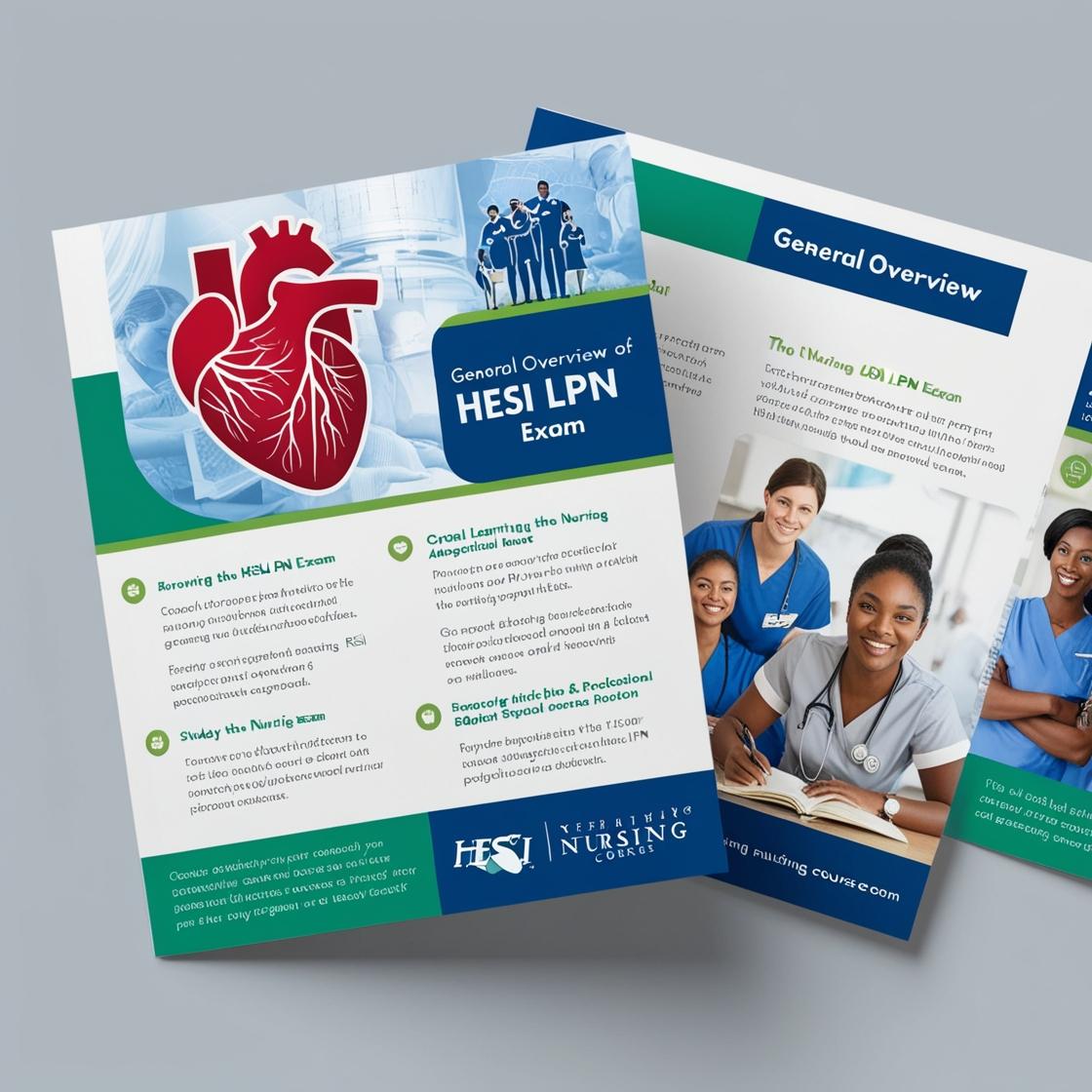HESI LPN
Community Health HESI Exam
1. The client with atrial fibrillation is being taught about the use of Coumadin (warfarin) at home. Which of these should be emphasized to the client to avoid?
- A. Large indoor gatherings
- B. Exposure to sunlight
- C. Active physical exercise
- D. Foods rich in vitamin K
Correct answer: D
Rationale: The correct answer is D: Foods rich in vitamin K. Foods rich in vitamin K can interfere with the effectiveness of Coumadin (warfarin) by promoting blood clotting. It is crucial for clients on this medication to maintain a consistent intake of vitamin K and avoid sudden dietary changes. Choices A, B, and C are incorrect as they are not directly related to the interaction of Coumadin (warfarin) with vitamin K. Large indoor gatherings, exposure to sunlight, and active physical exercise do not have a significant impact on the effectiveness of Coumadin (warfarin) in comparison to the interaction with foods rich in vitamin K.
2. A community health nurse is conducting a neighborhood discussion group about disaster planning. What information regarding the transmission of anthrax should the nurse provide to the group?
- A. Infection is acquired when anthrax spores enter a host.
- B. Mature anthrax bacteria live dormant on inanimate objects.
- C. Spores cannot survive for extended periods outside of a living host.
- D. Anthrax is transmitted by respiratory droplets from person to person.
Correct answer: A
Rationale: The correct information that the nurse should provide to the group is that anthrax infection occurs when spores enter a host. Choice B is incorrect because mature anthrax bacteria do not live dormant on inanimate objects. Choice C is incorrect because anthrax spores can survive for extended periods outside of a living host. Choice D is incorrect because anthrax is not transmitted by respiratory droplets from person to person; it is acquired through spores entering a host.
3. Which of the following is an example of a modifiable risk factor for chronic diseases?
- A. Age
- B. Gender
- C. Genetic predisposition
- D. Physical inactivity
Correct answer: D
Rationale: Physical inactivity is a modifiable risk factor for chronic diseases because individuals have control over their level of physical activity. By increasing physical activity, the risk of chronic diseases can be reduced. Choices A, B, and C are not modifiable risk factors: Age is a non-modifiable factor, gender is a biological characteristic, and genetic predisposition is inherent and cannot be altered.
4. The nurse manager has a nurse employee who is suspected of having a problem with chemical dependency. Which intervention would be the best approach by the nurse manager?
- A. Confront the nurse about the suspicions in a private meeting
- B. Schedule a staff conference, without the nurse present
- C. Consult the human resources department about the issue and needed actions
- D. Counsel the employee to resign to avoid investigation
Correct answer: C
Rationale: Consulting with human resources is the best approach in this situation. It ensures that the issue is handled according to the organization's policies and that the nurse receives the appropriate support and intervention needed for chemical dependency. Confronting the nurse directly may lead to defensiveness and hinder a constructive resolution. Scheduling a staff conference without the nurse present can create unnecessary speculation and violate the employee's privacy. Counseling the employee to resign is not appropriate and does not address the underlying problem of chemical dependency.
5. The RN is serving on a medical center committee to update goals and protocols based on the national standards. Which goal most directly addresses the Healthy People 2020 initiative?
- A. Reduce ED wait time for indigent clients
- B. Providing transportation for medically challenged clients
- C. Provide access to health services
- D. Refer clients to local health department for medical services
Correct answer: C
Rationale: The correct answer is C: 'Provide access to health services.' This goal most directly addresses the Healthy People 2020 initiative, which aims to improve health care access for all individuals. Option A, 'Reduce ED wait time for indigent clients,' focuses on efficiency rather than access. Option B, 'Providing transportation for medically challenged clients,' addresses a specific need but does not cover overall health service access. Option D, 'Refer clients to local health department for medical services,' involves referral rather than direct access to services.
Similar Questions

Access More Features
HESI LPN Basic
$69.99/ 30 days
- 50,000 Questions with answers
- All HESI courses Coverage
- 30 days access @ $69.99
HESI LPN Premium
$149.99/ 90 days
- 50,000 Questions with answers
- All HESI courses Coverage
- 30 days access @ $149.99
